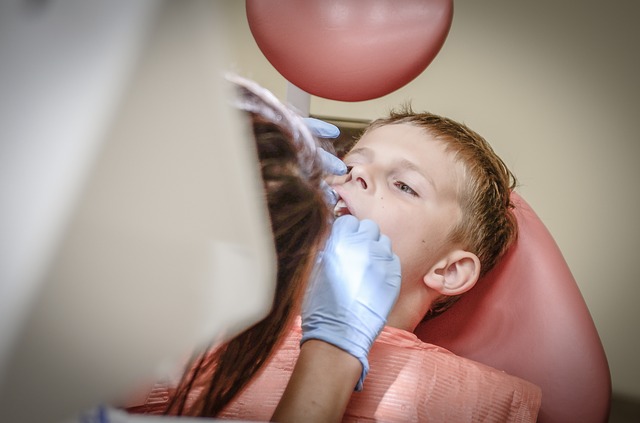Recently new guidelines have been issued regarding the use of sedation for dental procedures performed on children. In the past on this site some scrutiny has been placed on sedation provided to children during dental procedures because of many deaths that have occurred, see for example What to Ask the Dentist Before Children Have Sedation and Pediatric Dental Death in Cambridge, Ontario, Canada Spurs Comments on Dental Anesthesia. In the June 2019 edition (vol. 143, no. 6) of Pediatrics in an article titled Guidelines for Monitoring and Management of Pediatric Patients Before, During, and After Sedation for Diagnostic and Therapeutic Procedures written by Coté and Wilson updated guidelines for the use of sedation in dentistry is provided. These guidelines were updated for the American Academy of Pediatric Dentistry (AAPD) and American Academy of Pediatrics (AAP) for the first time in three years. These recommendations apply to all of those whom are providing deep sedation or general anesthesia in an office environment to children even if the state board does not mandate such a recommendation.
What has changed in these recommendations has been intensely contested when it comes to giving sedation to those undergoing wisdom teeth removal. The guidelines in the 2019 edition of Pediatrics call for two trained personnel to be present when deep sedation or general anesthesia is given to a child at a dental facility. The previous guidelines called for one trained person to be present when deep sedation or general anesthesia is given to a child at a dental facility. Specifically the June 2019 guidelines state:
“During deep sedation and/or general anesthesia of a pediatric patient in a dental facility, there must be at least 2 individuals present with the patient throughout the procedure. These 2 individuals must have appropriate training and up-to-date certification in patient rescue… including drug administration and PALS [pediatric advanced life support] or Advanced Pediatric Life Support (APLS). One of these 2 must be an independent observer who is independent of performing or assisting with the dental procedure. This individual’s sole responsibility is to administer drugs and constantly observe the patient’s vital signs, depth of sedation, airway patency, and adequacy of ventilation.”
The guidelines call that the independent observer must one of: a certified registered nurse anesthetist, a physician anesthesiologist, an oral surgeon, or a dentist anesthesiologist. The independent observer must be trained in PALS or APLS and capable of managing any airway, ventilatory, or cardiovascular emergency resulting from deep sedation or general anesthesia given to the child. The person performing the dental procedure must be trained in PALS or APLS and be able to provide assistance to the independent observer if a child experiences any adverse events while sedated.

It is reported that the guidelines developed rely mostly on medical data because data for sedation in dental offices is not as readily available. Steps are being taken to incorporate more data regarding dental sedation into new guidelines. The reason for the updated guidelines is to increase safety for children having dental procedures in dental offices.
It is not clear how the American Association of Oral and Maxillofacial Surgeons may react to these June 2019 guidelines. They have long argued that their care model of having an oral and maxillofacial surgeon administer the sedation and perform the dental surgery is safe and cost effective (as seen in a recent May 2019 tweet below). Even so other physician organizations in the past have questioned their care model and it has long been suggested on this site that it may be safer to have oral surgery performed at a hospital if you are receiving sedation or anesthesia, see for example Anesthesia in the Oral and Maxillofacial Surgeons Office.
Additional Source:
Theresa Pablos, New sedation guidelines call for 2 experts per procedure, June 21, 2019, DrBicuspid, https://www.drbicuspid.com/index.aspx?sec=sup&sub=apm&pag=dis&ItemID=324662

3 thoughts on “Updated Sedation Guidelines in Dentistry for Children”